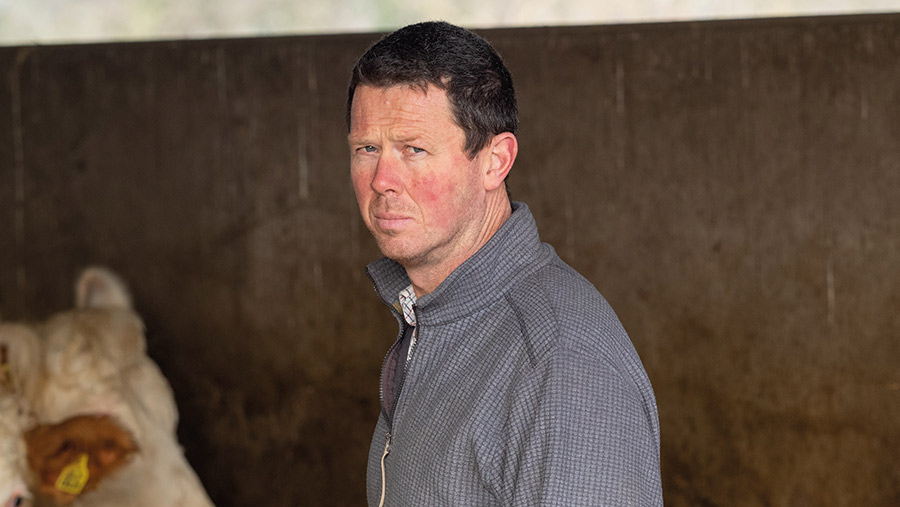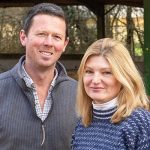Farmer Focus: Trustworthy EBVs are vital to beef industry
 James Kimber © Kathy Horniblow
James Kimber © Kathy Horniblow Our Simmentals will be at Worcester when you read this, and the Charolais hopefully sold at Welshpool.
The anticipation is always tempered with nervousness at the breeding sales.
I present the bulls as best I can and thereafter am dependent on plenty of bidding to get a sensible reward for 18 months’ work.
See also: Lim-gate: What next for EBVs?
Something that should help this time is that, compared with last year’s setback, both the breeds have really good figures behind them.
The estimated breeding values (EBVs) of one of our bulls crashed last year.
It turned out the calving ease of the sire was called into question.
It was a big disappointment. Inaccurate data can cost a lot of people money.
We pay royalties and registration fees, and we’re in a health scheme to sell breeding bulls, not killing bulls.
The biggest flaw in the EBV model is trust.
There is a big incentive to manipulate the figures and this gives rise to cynicism about their accuracy, affecting other people’s businesses.
It is the same in any walk of life from politics downwards – once there are accusations of lying, everyone is suspicious.
For the beef industry to progress in more challenging times all breeders need to be 100% honest.
Either that or the checks and inspections that do take place need stepping up and the breed societies need to sharpen their teeth.
I’m possibly in a bad mood as I had to accept the inevitable disappointment of working with sheep the other day.
One ewe was dead, stuck on her back, and another permanently asleep.
Fortunately, I was not in earshot of anybody as I asked, in rather coarse terms, why they’d taken their decisions.
With lambing finished, my mild obsessive compulsive disorder has kicked in again and the place is tidy once more, with all lambing equipment clean and packed away ready for next season.
The current sunshine has brought out the flies, so we have been fly-spraying all the sheep as we vaccinate and drench the lambs.
It will be a few more weeks before we have a go at shearing, as the cold nights are holding the fleeces down tight.
Our autumn calves are weaned and dried off and out.
Early hormones are becoming apparent so we have split into sexed groups.

